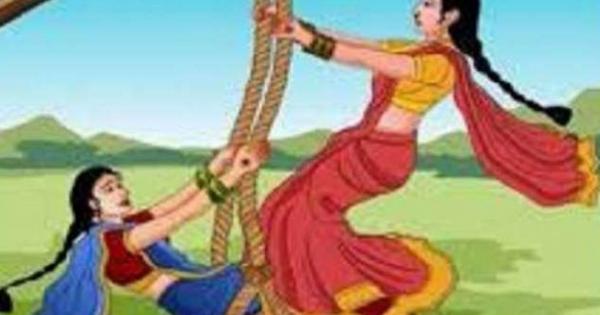Barabanki, Amrit thoughts. There was a time when the arrival of Sawan used to resonate in the streets of the village and the tones of the swings were echoed. The swings tied to mango trees, adorned daughters-in-law-daughters and heroic rasa of Alha on the platform were a symbol of Sawan’s beauty. But now all this has become a thing of the past.
The modern wave of smartphones and internet has distanced the new generation from its roots. Now there are mobile games instead of swing, and Kajri’s sweet taunts are playing film songs on YouTube. Folklore like Alha and Kajri, which was once a symbol of collectivity and cultural heritage, has now been reduced to the memories of some elders.
70 -year -old Udaybhan Singh, a resident of Salarpur village in Deva region, says that in our time there was a different enthusiasm of Sawan. The girls used to swing, Kajri used to echo in the evening, and at night there used to be Alha on the platform of the village. Children, old, all used to join. Now neither the songs are left, nor Sangat. Although many traditions have disappeared, some are still alive.
The tradition of ‘Doll Beating’ on the day of Nag Panchami is still played in many villages. Children and teenagers symbolically beat the doll of clay or cloth, which is recognized to remove snakes and evils. Folk traditions are not just the medium of entertainment, but also the basis of social solidarity and cultural identity.
If they are not preserved in time, the next generation will be able to read them only in books or research papers. Cultural organizations and some schools have initiated initiatives in this direction. Efforts are being made to revive these traditions through activities like Kajri competitions, folklore camps, and Sawan Mela.
Also read: State’s first solar panel factory in Barabanki: Construction will be done at a cost of 100 crores, 300 people will get employment










